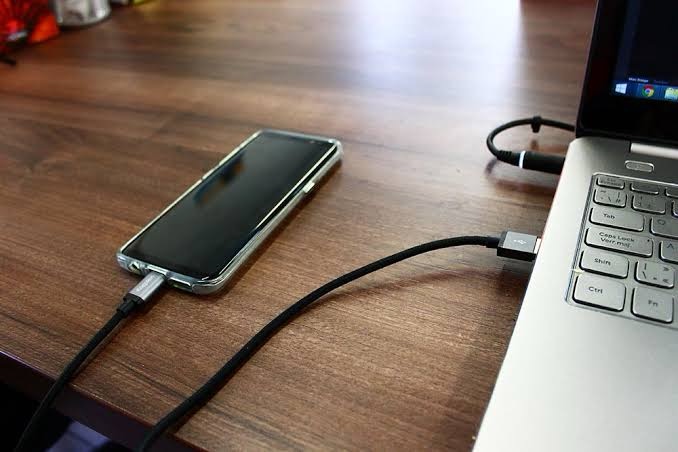Setting up three monitors on a laptop typically requires a laptop with multiple video outputs and compatible graphics capabilities. Here’s a general guide on how to set up three monitors on a laptop:

1. Check Graphics Capabilities: Verify that your laptop supports multiple monitors by checking the specifications or documentation provided by the manufacturer. Look for details on the number of video outputs and the supported display configurations.
2. Connect Monitors: Connect your laptop to the three monitors using the available video output ports. Common video output ports include HDMI, DisplayPort, and VGA. Ensure that each monitor is connected to a separate video output port on your laptop.
3. Configure Display Settings: Open the display settings on your laptop. The method for accessing display settings may vary depending on the operating system you’re using (e.g., Windows, macOS). Here’s a general outline for accessing display settings:
- On Windows: Right-click on the desktop and select “Display Settings” or “Graphics Properties.” In the display settings, you should see icons representing each connected monitor. Configure the positioning, resolution, and orientation of the monitors to create the desired multi-monitor setup.
- On macOS: Go to the Apple menu, select “System Preferences,” and then click on “Displays.” In the display settings, you should see a layout showing the connected monitors. Arrange the monitors to match their physical placement and adjust other settings as needed.
4. Extend or Duplicate Displays: Choose whether you want to extend your desktop across all three monitors or duplicate the same content on each monitor. This setting can usually be adjusted within the display settings. Select the desired option based on your preference.
5. Adjust Resolution: Set the resolution for each monitor according to your preferences. Higher resolutions may require a compatible graphics card and appropriate monitor support. Adjust the resolution for each monitor individually within the display settings.
6. Position Monitors: Arrange the position of the monitors within the display settings to reflect their physical arrangement on your desk. Drag and drop the monitor icons into the desired position to match their physical placement.
7. Apply Changes: Save and apply the changes you made in the display settings. The changes may take a few moments to apply while the system configures the multi-monitor setup.
Once the setup process is complete, you should have three monitors connected and functioning as part of an extended desktop on your laptop.
Keep in mind that laptop hardware capabilities, graphics drivers, and the operating system can affect the feasibility and functionality of setting up multiple monitors. It’s advised to consult your laptop’s manual or the manufacturer’s support resources for more specific instructions pertaining to your laptop model.
I hope this helps you set up three monitors on your laptop.







